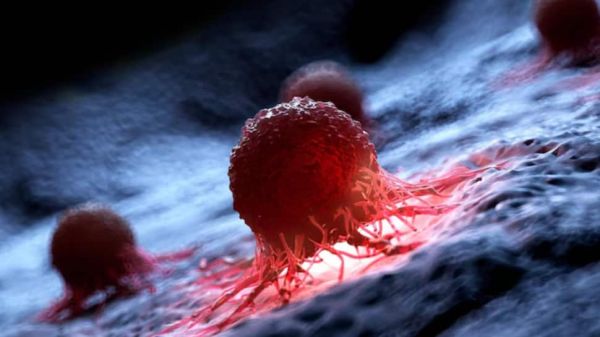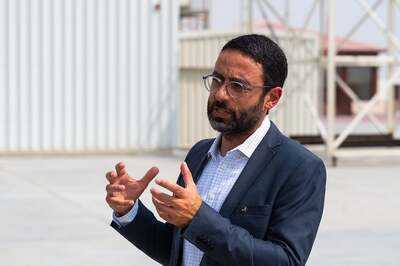
Acute myeloid leukemia (aml) is a form of cancer that affects the blood and bone marrow and grows quite rapidly. It begins when immature white blood cells knowledge
Dr Amrita Ramaswami, Principal Consultant, Dept. of Hemato-Oncology and Stem Cell Transplantation, Max Superspecialty Hospital, Shalimarbagh, Says, Says, “In Contrast to Chronic Forms of Leukemia That Progress Slowly, Aml have the Potential to Worsen in Days Or weeks – Ganderscoring the Importance of Early Detection and Prompt Treatment. “
What makes aml so aggressive?
Dr Amrita Says, “Unlike some cancers that grow slowly over time, aml tends to grow swiftly, often catching patients and familys of guard. Body’s Natural Blood-Making Process, Known as Hematopoiesis. ”
“Bone Marrow Backets Packed With Excess Tumor Cells Called Myeloblasts, Leading to Insufficient Production of Normal Red Blood Cells, White Blood Cells, and Platelets. Fatigue, Increased Susceptibility to Infections and Bruising, And If Not Treated, May often Advance Rapidly Towards Severe Lifere Life-Threatening Complications like sepsis and intracranial bleeding, ” Reveals.
Moreover, Each Patient Diagnosed with Aml Does Not Present Homogenous Disease Characteristics Musease There are some mutations at the molecular level like Flt3, NPM1 or Idh1 that Could Determine The Particular Disease Course Who Influencing The Treatment Response. This Adds Further Complexity and Challenge to the situation there would no universal treatment method befitting all patients.
What methods are currently used to treat aml?
Dr Amrita Says, “In the PAST, Patients with Aml We are primarily managed with aggressive chemotherapy followed by bone marrow transplant in suitable candidates. Many patients, it may not be approves for all patients, particularly eldemerly individuals or those with Comorbid Conditions Who Constitutes The Majority of Patients Diagnade with the DISEASE. ”
“In recent years, there has been a major therapeutic shift in the management of aml. Known as targeted therapies are improving disease management and also mitigating toxicities, “Says Dr Amrita.
Likeweise, for persons harboring the idh1 mutation, ivosidenib targets one such mutation making it easy for more precise therapy than previously available. These therapies tend to minimise damage to important normal tissues which would otherwise be seen with older style chemotherapy drugs.
Dr Amrita Says, “ALTHASE APPROACES DOT Provide a Cure, They can be Beneficial Eiter Alone or in Combination with Other agents, in improving the survival and providing the survival Particularly when integrated into routine care regimens customized according to patient’s genetic makeup. ” The future of aml treatment would be likely be rational combinations of targeted therapies with low dose conventional chemotherapy in most subtypes of aml.
Advances in Medicine: The Developments of Aml Treatments
New targets and drug combinations are continued by investigating with the objective of refining the efficiency and reduction the toxicity of aml treatments. While Considerable Strides Have Been Made Towards Treating The Disease Better, Acute MyLoid Leukemia Continues to Present Challenges Requiring Precise Assessment and Prompt Treatment from A SEASONED CLIOM A SEASONIDED CLIM A SEASONID
Dr Amrita Concludes, “in case you or any of your loved ons has been diagnosed with acute myeloid leukemia, consult a special in hematoology/hemato -oncology. Able to determine the best approach tailored for you after thorough evaluation. “
-
8th Pay Commission: First DA will be 'fused' in the basic, then the fitment factor will give a 'rocket boost'! Understand the complete math of salary

-
From LPG cylinders to ATM charges, these 7 rules will change from tomorrow... will affect your pocket.

-
Good news for Team India ahead of 2nd IND vs ENG Test, star player ignored due to…

-
Abhishek Bachchan breaks silence on divorce rumours and negative news, says, ‘When you have a…’

-
Dubai announces first successful test flight of air taxi ahead of 2026 rollout
